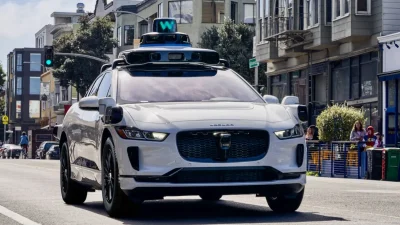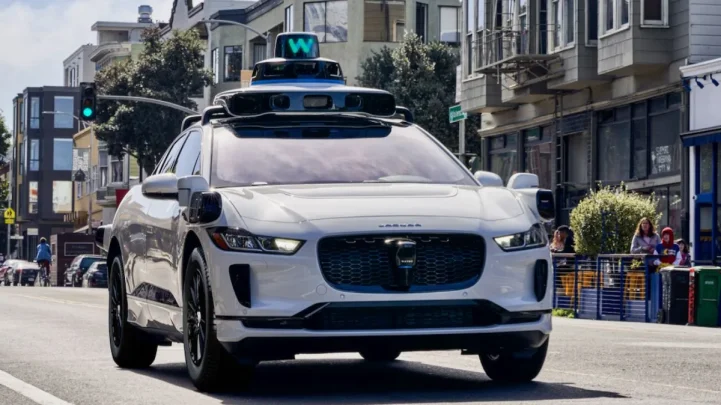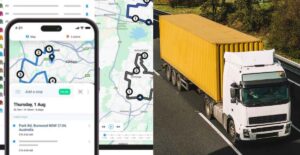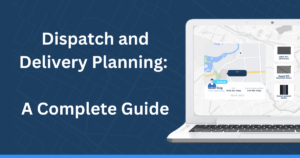Waymo, currently at the forefront of autonomous vehicles (AVs) in the US, embraces cutting-edge technology which, in essence, is redefining the very fabric of transportation.
CEO Dmitri Dolgov recently shared a video to show how the software is continuously learning. The short clip illustrates how the Waymo Driver adjusts its route as it navigates tunnels, storms, tight alleys, and even a construction blockade.
At the 32-second mark, the vehicle slows down as a pedestrian enters its path. The 1-minute mark shows how it navigates the obstacles along a narrow alley.
0:03: 👀
— Waymo (@Waymo) November 9, 2023
0:34: 👀👀
1:00: 👀👀👀 https://t.co/EIz5EreoF2
This video is a testament to the strides made in the realm of autonomous driving. Beyond just understanding the environment, Waymo vehicles demonstrate an ability to anticipate, adapt, and learn.
It’s not just about getting from point A to B anymore; it’s about reshaping mobility and how autonomous tech interacts with the world around it.
How Waymo drives autonomously
James Philbin, engineering lead on the perception team at Waymo, says the vehicles are equipped with an elegant array of custom-designed sensors and software, capable of “performing the entire act of driving.”
He says Waymo’s driving behavior boils down to three basic steps: sense, solve, and go. This is the easiest way to describe the “highly complex process of acquiring information, processing it, and moving through the world safely,” Philbin says.
Sense:
The vehicles’ sensors are incredibly powerful and sophisticated. It uses a combination of LiDAR (Light Detection And Ranging), cameras, and radar. These sensors enable the vehicle to visualize the world by seeing up to 240 yards (220 meters) in any direction.
That’s the equivalent of three football fields. It can also ‘hear’ sirens from emergency vehicles. This combination of sense and sound allows the Waymo Driver to visualize the world around it to a high degree of accuracy, in a matter of milliseconds.
Solve:
The Driver then “solves” the task at hand by calculating the predicted future behavior for every possible scenario. Using artificial intelligence (AI) and machine learning (ML), the software crunches the data to calculate the safest route in real-time.
In short, that means the Waymo Driver continues to learn as it goes. The AI has been trained on various scenarios, and can calculate what agents (people, vehicles, and other moving objects) may do. It can also differentiate between safe- and hazardous driving scenarios.
Go:
After all that ‘sensing’ and ‘solving’, the vehicle is ready to ‘go.’
Philbin explains: “Once the Waymo Driver has determined the path to take, our advanced motion control systems allow for smooth acceleration and braking on heavy streets; all managing bumper-to-bumper traffic with safe and natural driving movements.”
Studying emergent behavior
Waymo’s AI actively engages with researchers and analysts to improve the simulators, in turn enabling the AVs to solve challenges. These challenges serve as benchmarks to gauge the industry’s progress in solving critical problems.
Drago Anguelov, head of research at Waymo, says continuous learning is the cornerstone for researchers to understand emergent behavior in AV systems.
Emergent behavior refers to actions which are different from what a human would do, such as unique lane changes, or an AV driving in coordinated patterns with other AVs in a way that might not make sense to a human.
Researchers need to continuously study these emergent behaviors to ensure the safety and efficiency of AV systems.
About the author
Cheryl has contributed to various international publications, with a fervor for data and technology. She explores the intersection of emerging tech trends with logistics, focusing on how digital innovations are reshaping industries on a global scale. When she's not dissecting the latest developments in AI-driven innovation and digital solutions, Cheryl can be found gaming, kickboxing, or navigating the novel niches of consumer gadgetry.












